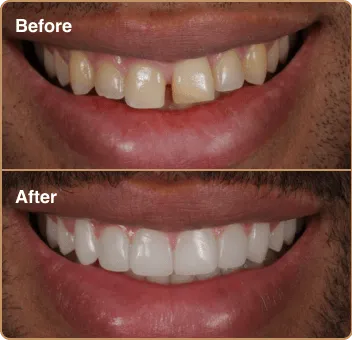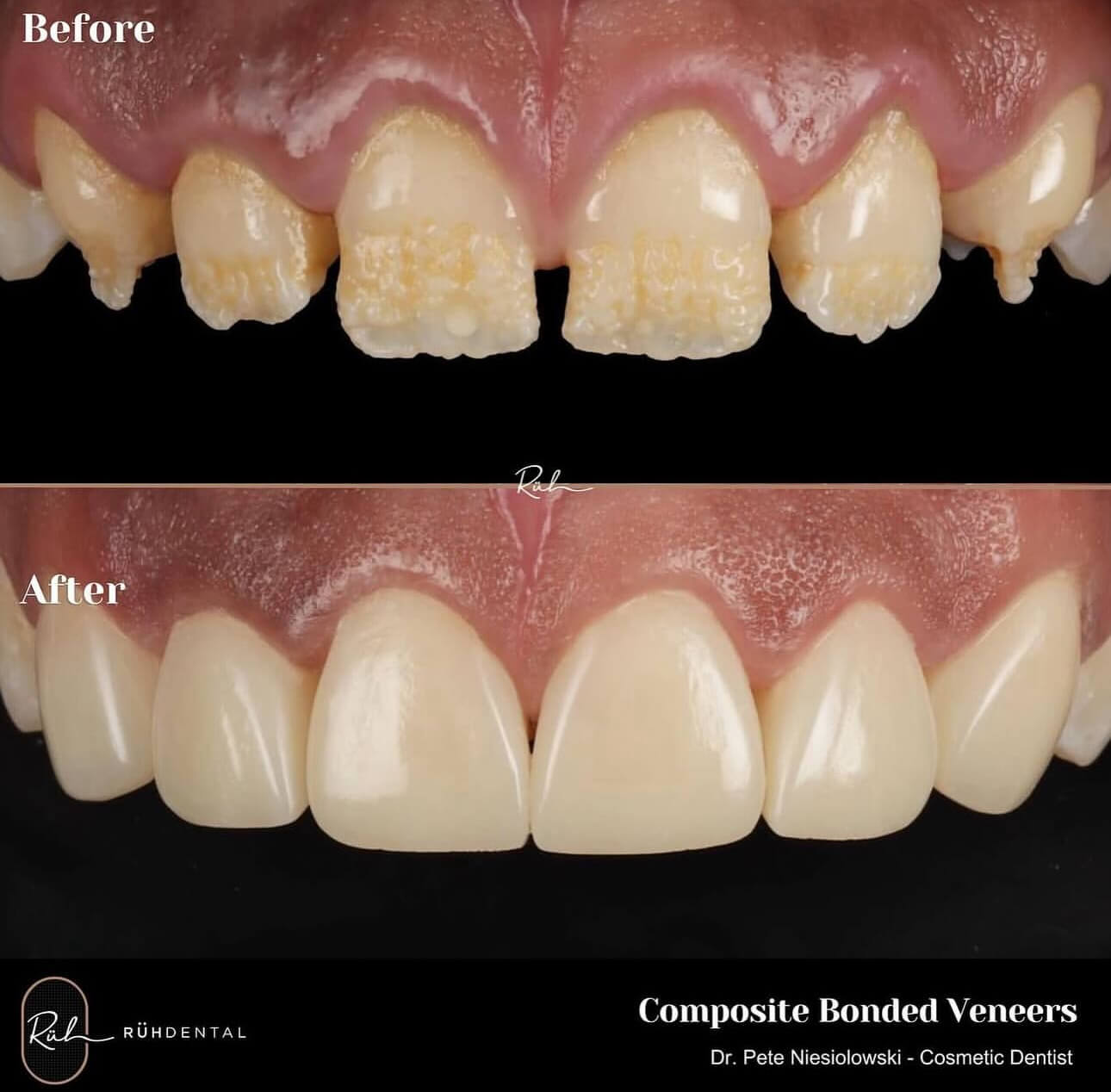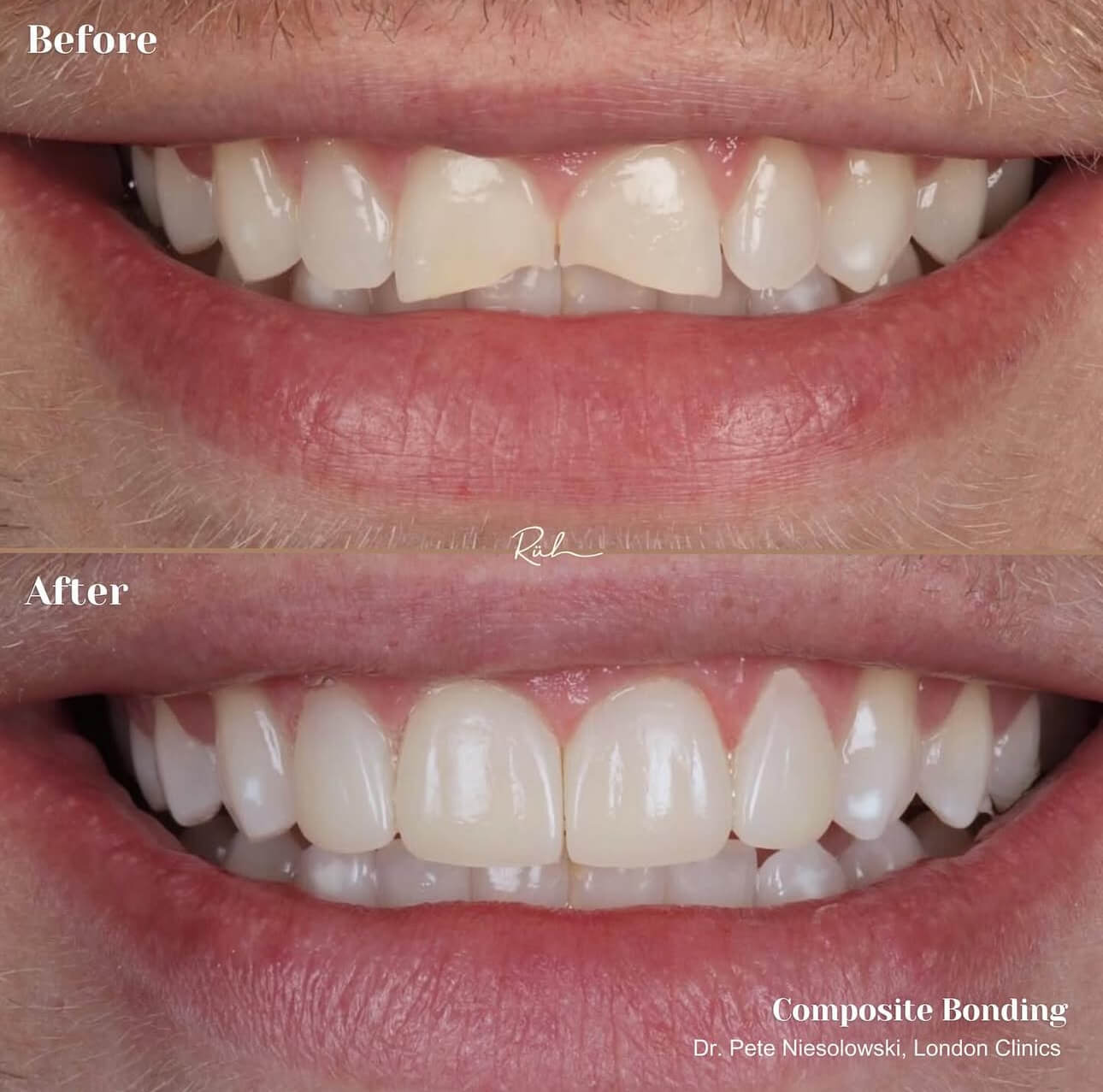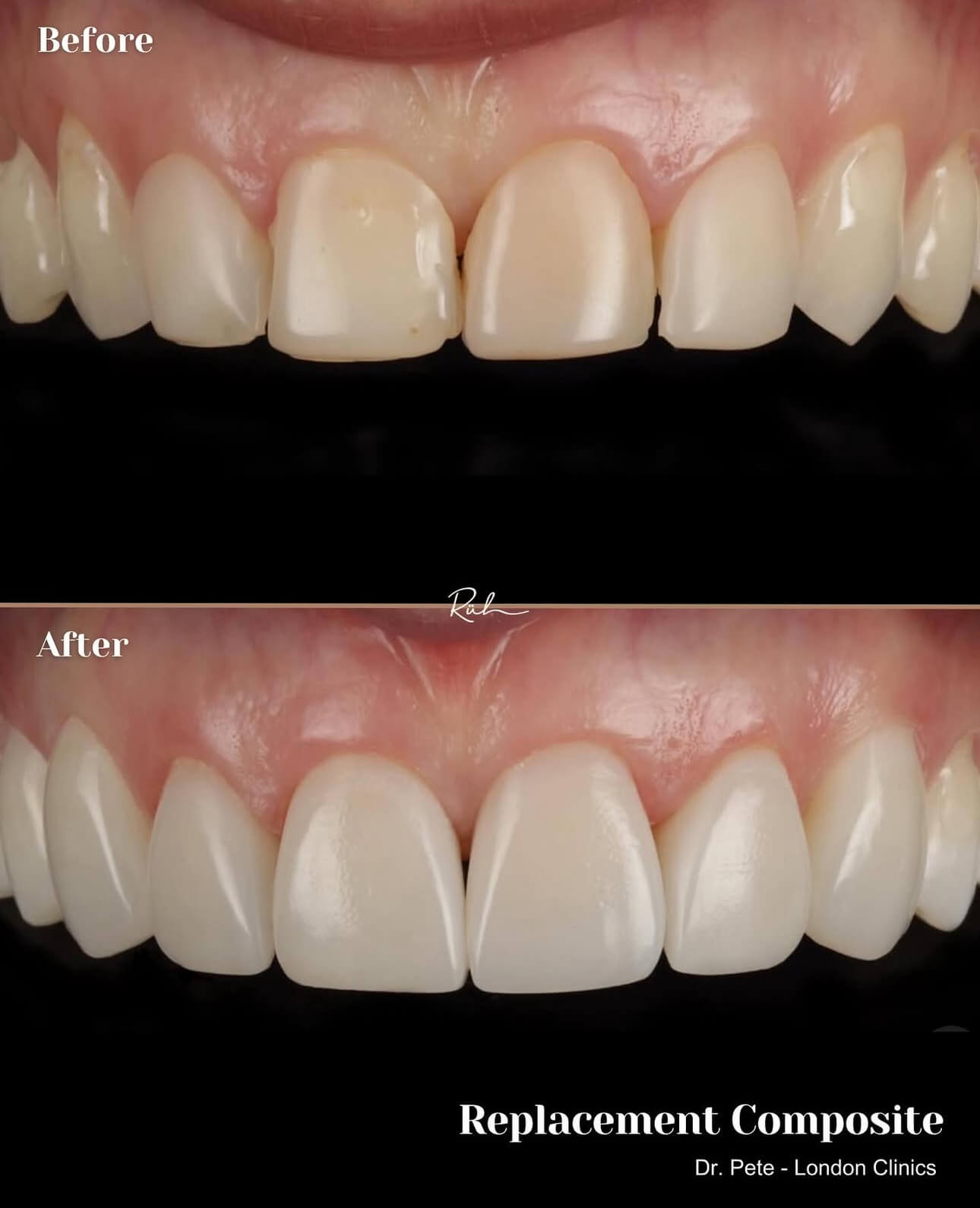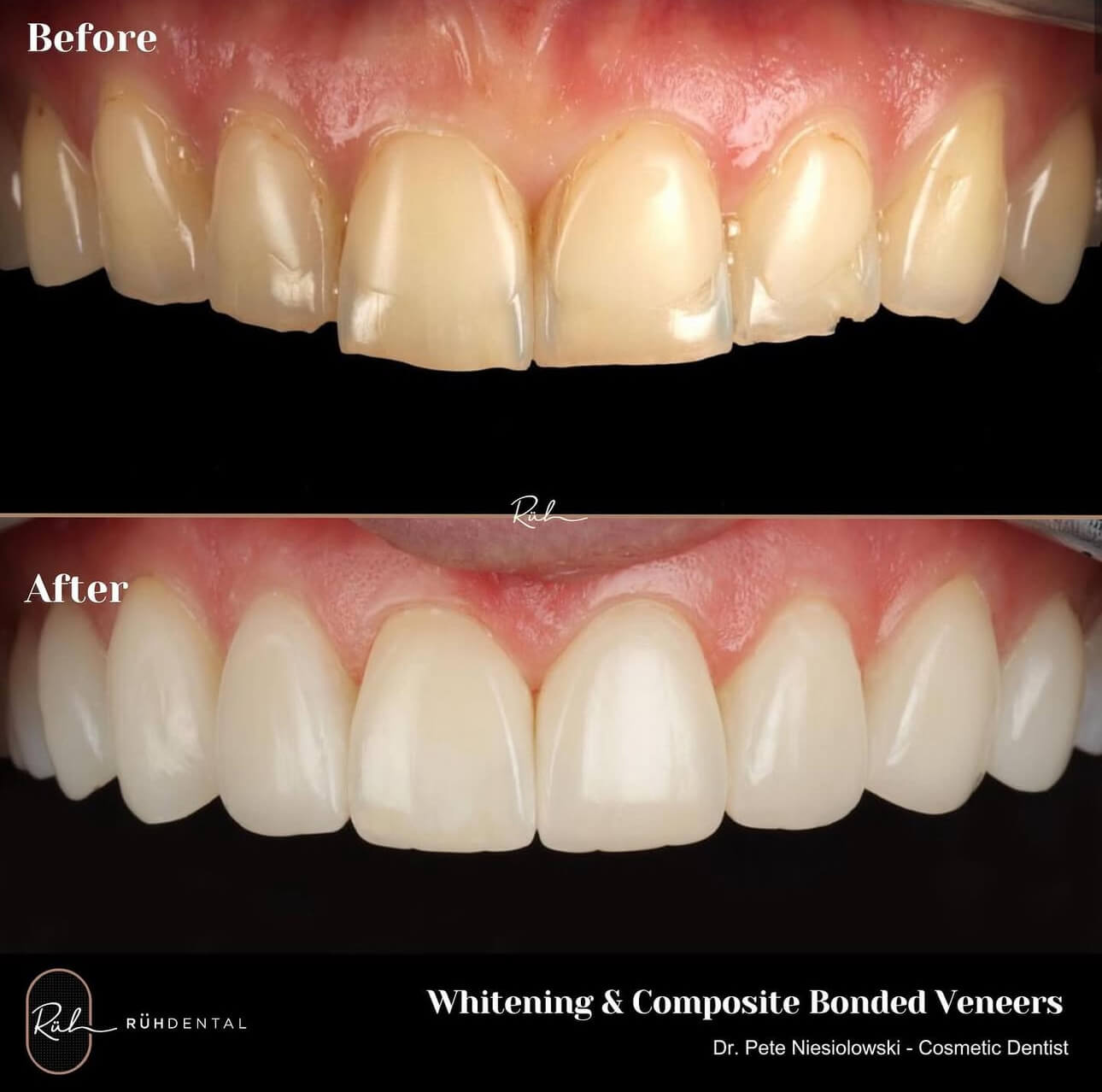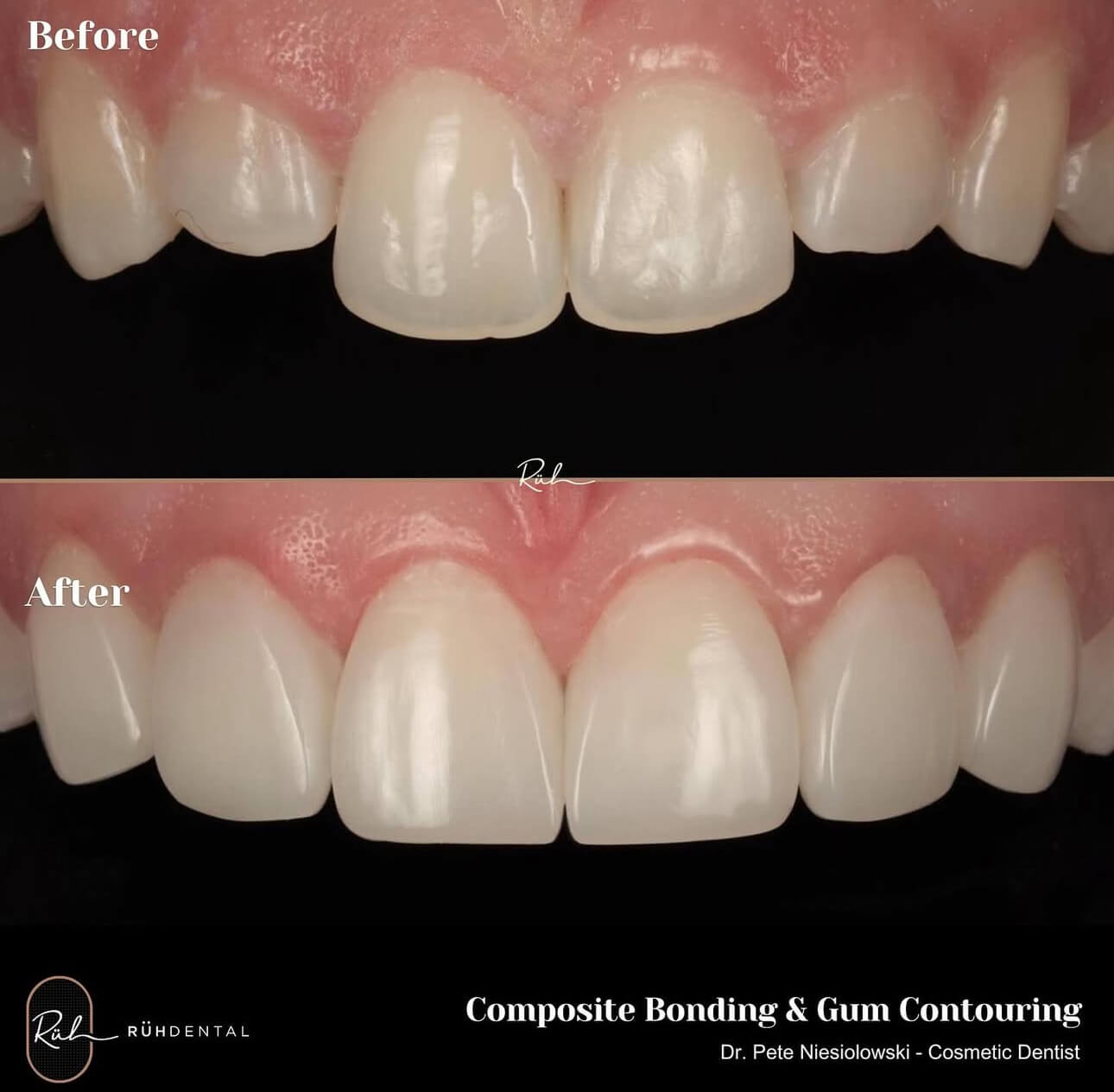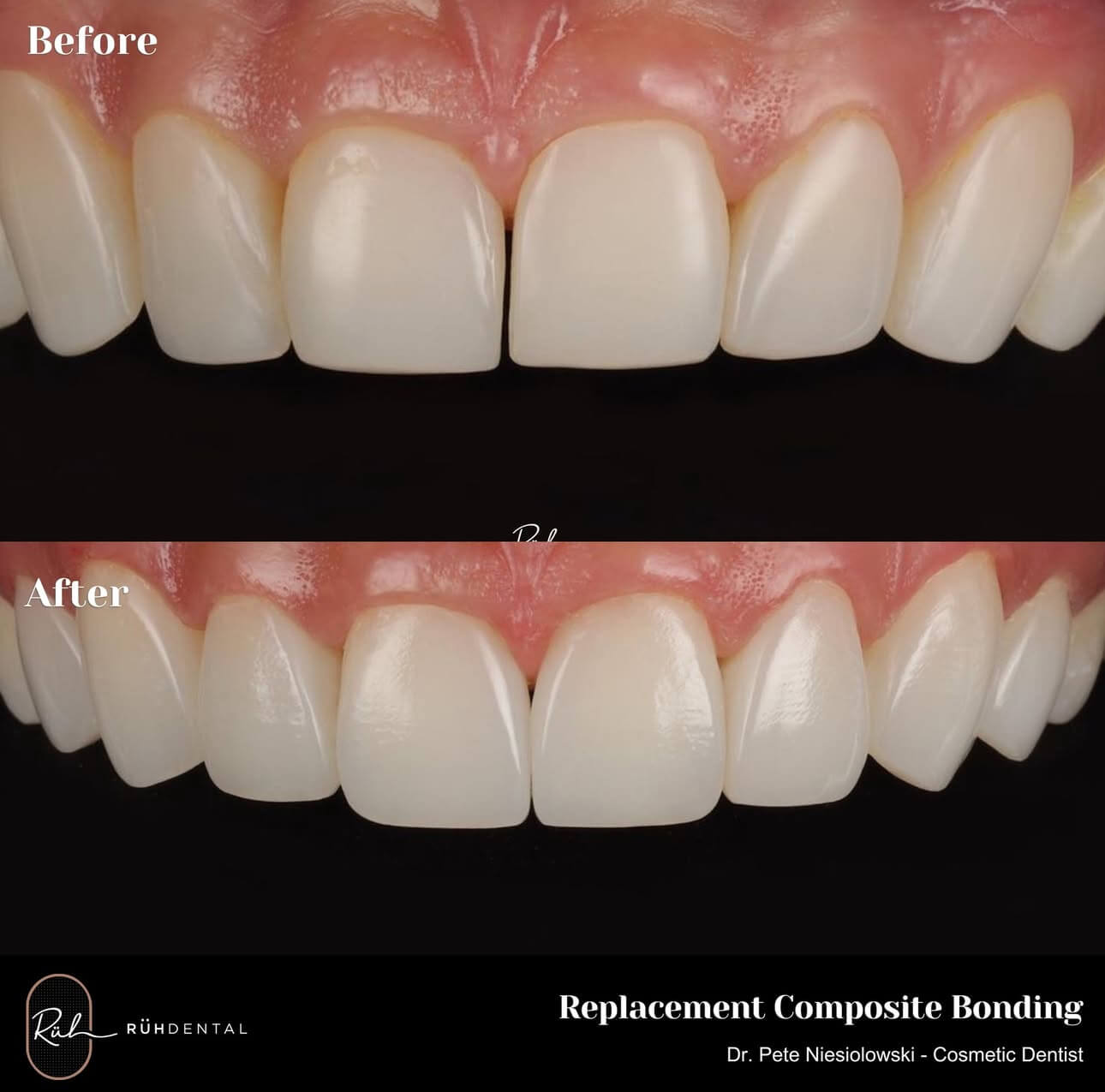At a Glance
- GDC Number
- 73725
- Qualifications
- BDS (Lond), PGDip Implants
- Languages Spoken
- English, Polish
- Clinics
- Fleet Street
About Dr Peter
Dr Pete has worked in general dental practice for over two decades, with a strong focus on cosmetic work and dental implant placement (many hundreds to date) since 2008. He also performs botulinum toxin treatments—for both therapeutic reasons (e.g. tooth grinding) and cosmetic ones (wrinkle relaxing). Outside dentistry, he enjoys family life, tennis, golf, cooking, travel, and collecting vintage wine.
Why Patients Choose Dr Peter Niesiolowski
Dr. Pete has extensive experience, particularly in aesthetic and implant dentistry, combined with a “do-it-right-first-time” philosophy. His broad expertise (implants, cosmetics, facial aesthetics) means he can offer integrated treatment, and being established and experienced, he is likely to provide high-quality, long-lasting results. Plus, he seems approachable and values patient comfort and trust.
Click to book a free consultation
Blogs
Benefits of composite bonding for immediate results | Ruh Dental
In the ever-evolving field of dentistry, patients seek solutions that not only restore function but also enhance aesthetics, and they often want these results quickly. Composite bonding is an innovative dental technique that meets these demands […]





